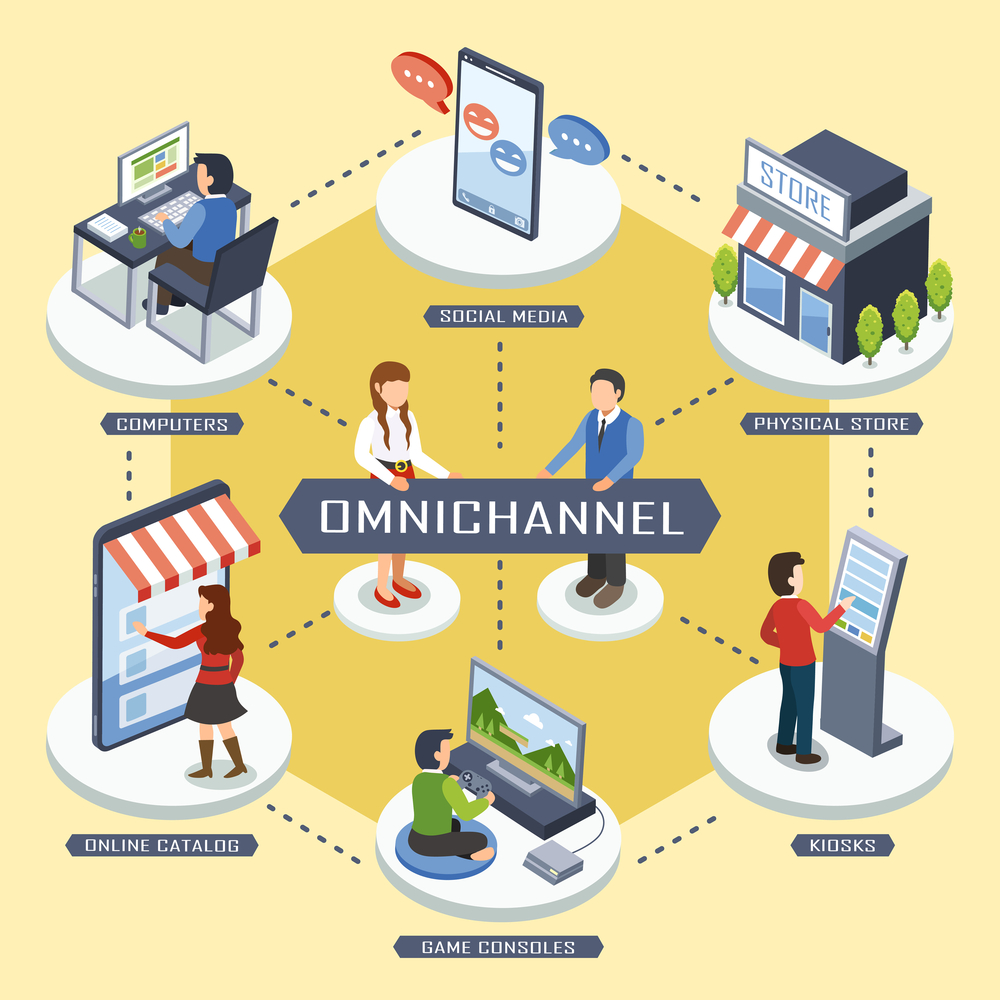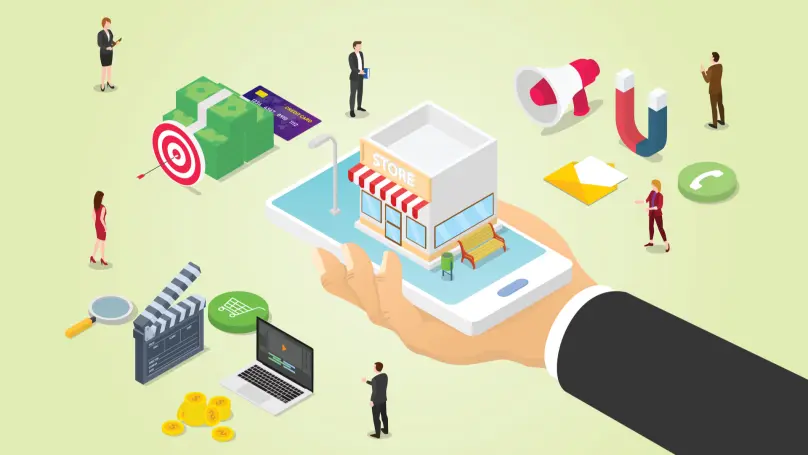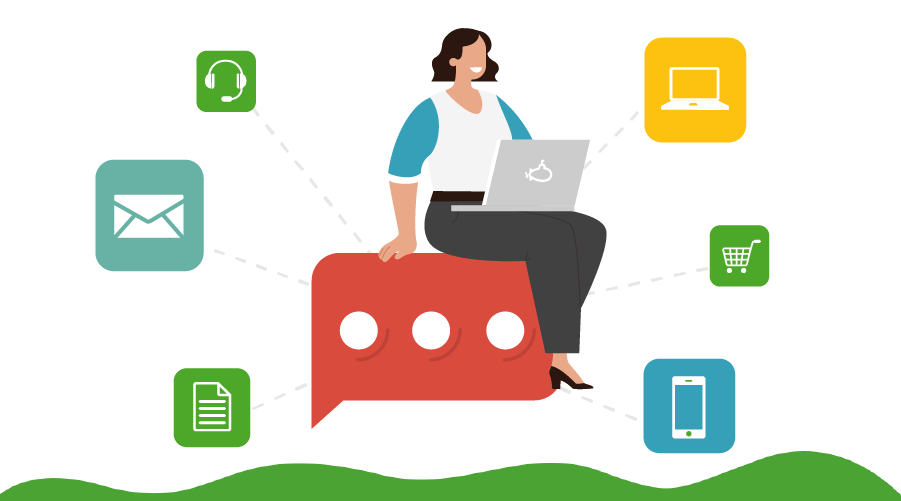In today’s digital age, omnichannel marketing has become a crucial strategy for businesses. Let’s explore how it works, why it matters, and look at some real-world examples.

I. How Omnichannel Marketing Works
1. Data Collection and Analysis
The foundation of omnichannel marketing is data. Businesses collect information about customers from various channels, such as their online purchases, website visits, social media interactions, and in-store transactions. For example, an e-commerce site can track the products a customer views, adds to the cart, and purchases. This data is then analyzed to understand customers’ preferences, behaviors, and shopping patterns.
2. Seamless Integration of Channels
Once the data is analyzed, businesses integrate different channels to provide a unified experience. This means that customers can switch between online and offline channels without any disruption. For instance, a customer can order a product online and pick it up at a physical store. The product information, prices, and promotions should be the same across all channels.
3. Personalized Marketing
Based on the data collected, businesses can create personalized marketing campaigns. They can send targeted emails, push notifications, or offer personalized product recommendations. For example, a clothing brand might send an email to a customer recommending new arrivals based on their previous purchases.
II. Why Omnichannel Marketing Matters
1. Meet Customers’ Needs
Modern consumers have diverse shopping habits. They want the convenience of shopping online and the tactile experience of shopping in-store. Omnichannel marketing allows businesses to meet these needs by offering multiple shopping options. For example, a customer might research a product online and then go to a store to see it in person before making a purchase.

2. Build Brand Loyalty
By providing a seamless and personalized experience, businesses can build stronger relationships with their customers. Customers are more likely to return to a brand that understands their needs and offers a convenient shopping experience. For instance, Starbucks’ rewards app allows customers to order and pay ahead, earn rewards, and get personalized offers. This encourages customers to keep coming back.
3. Increase Sales
Omnichannel marketing can also lead to increased sales. By reaching customers on multiple channels, businesses can expand their market reach and target different customer segments. For example, a beauty brand that sells products both online and in-store can attract customers who prefer to shop online as well as those who prefer to visit a physical store.
III. Examples of Omnichannel Marketing
1. Disney
Disney’s My Disney Experience mobile app is a great example of omnichannel marketing. Customers can use the app to plan their trips, buy tickets, reserve dining, and check wait times at attractions. They can also use the app to access exclusive content and get personalized recommendations. The app seamlessly integrates with Disney’s theme parks, hotels, and other services, providing a unified experience for customers.
2. Nike
Nike’s mobile app allows customers to reserve in-store products, scan product barcodes to get more information, and receive personalized offers. The app also integrates with Nike’s online store and physical stores, allowing customers to shop across different channels. For example, a customer can order a pair of shoes online and pick them up at a Nike store.
3. Target
Target’s mobile app features an integration with Pinterest’s lens. Customers can take a picture of something they like and see similar items available at Target. The app also allows customers to order online and pick up in-store, view weekly ads, and get personalized offers. This integration of online and offline channels helps Target attract more customers and increase sales.

In conclusion, omnichannel marketing is a powerful strategy that can help businesses improve customer satisfaction, build brand loyalty, and increase sales. By understanding how it works and learning from successful examples, businesses can develop effective omnichannel marketing strategies to stay competitive in today’s market.




